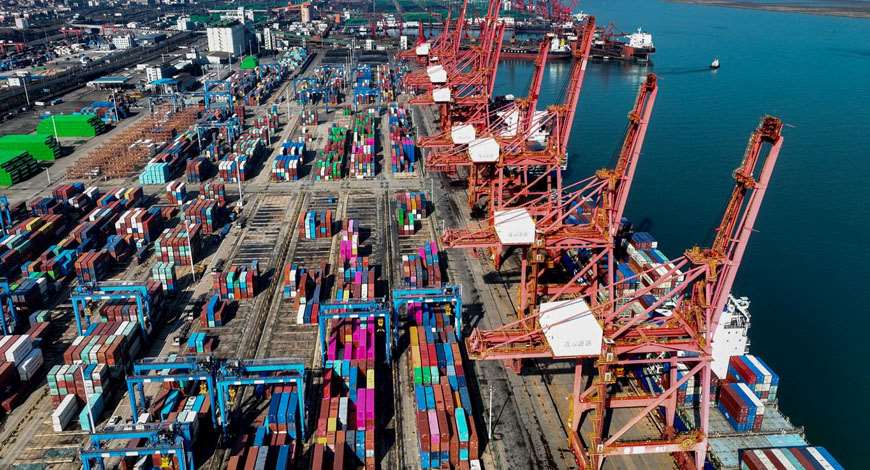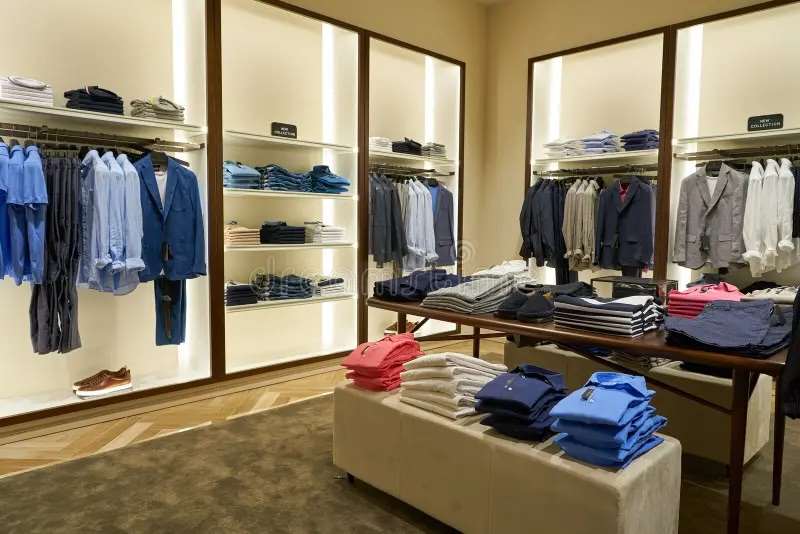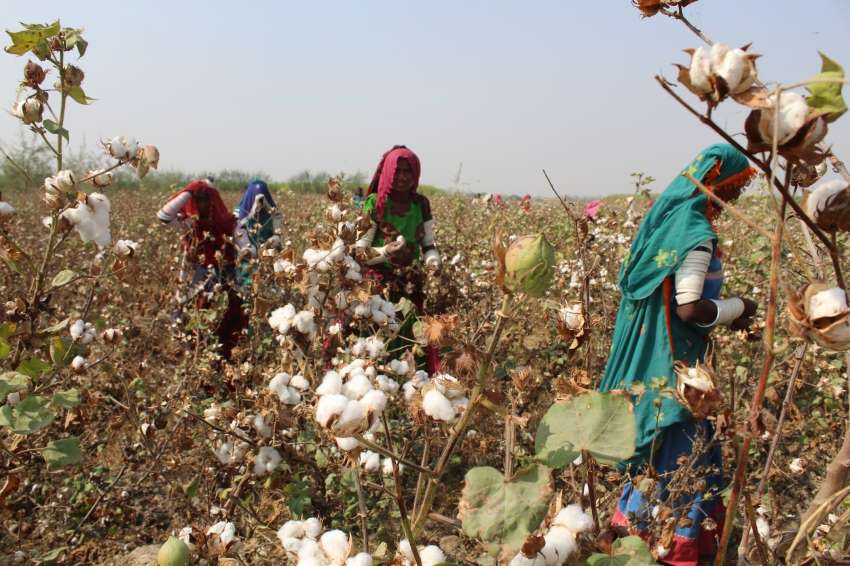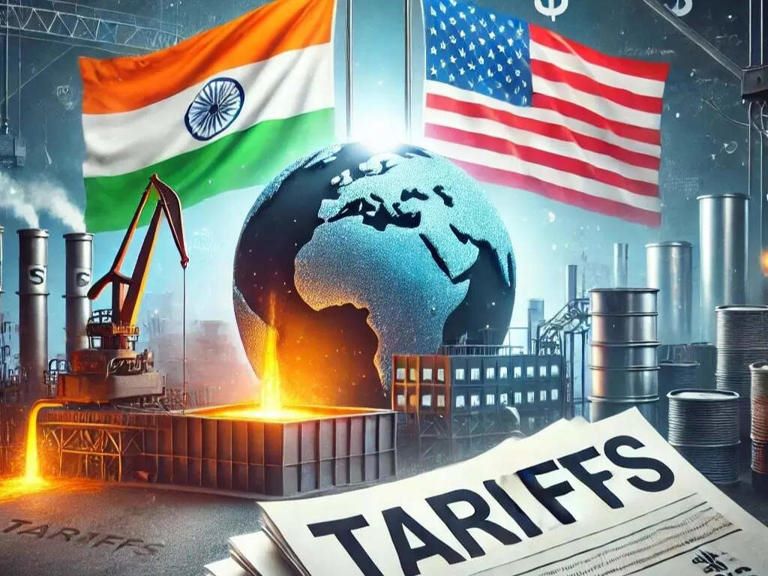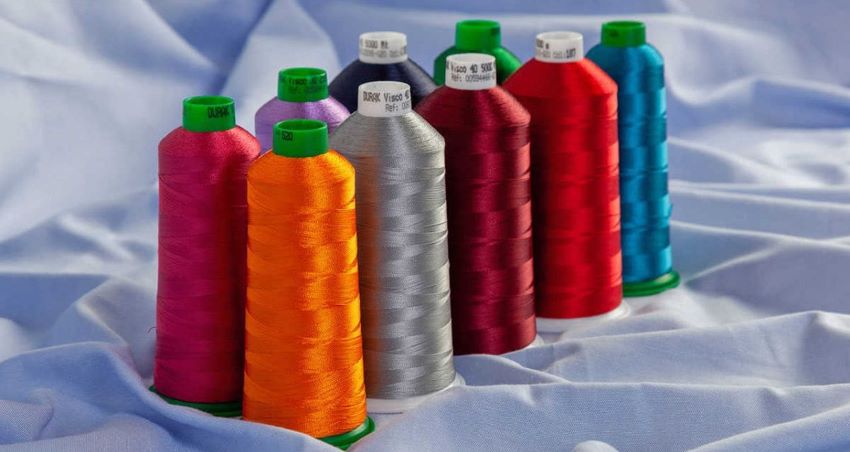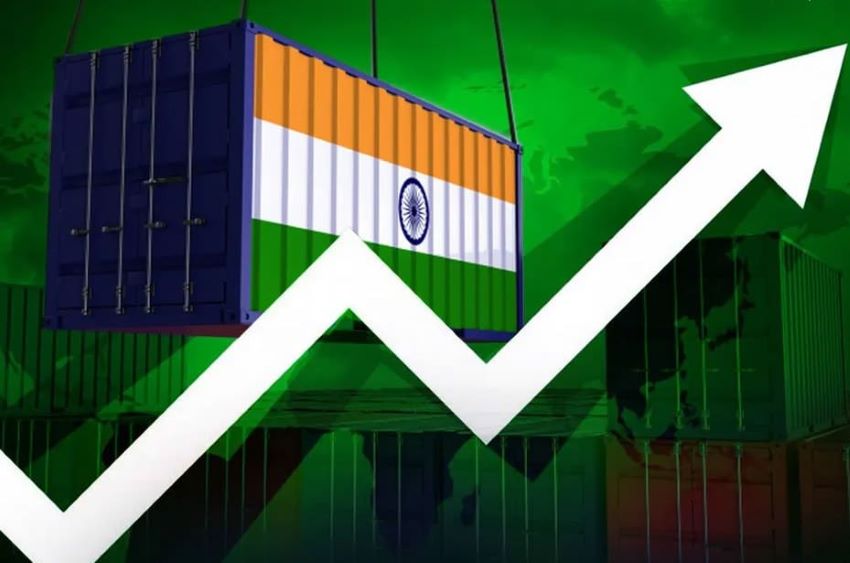FW
Expressing disappointment over RBI keeping its policy rate unchanged, the Tirupur Exporters Association (TEA) has appealed to the government to announce a three per cent interest subvention scheme for the garment sector.
“At this juncture, we strongly request the central government to announce three per cent interest subvention scheme on rupee packing credit to employment-intensive garment sector immediately with retrospective effect from April 1, 2015, for growth of exports,” TEA President A Shaktivel said in a statement.
Announcing the monetary policy that kept rates unchanged, Reserve Bank of India Governor Raghuram Rajan has said that the headline inflation is at an elevated level and banks are yet to pass on full benefits of previous rate cuts. “We were expecting some reduction in repo rate in the third bi-monthly monetary policy of 2015-16, but unfortunately it has not happened,” he said.
Rajan kept the repo rate, at which RBI lends to banks, unchanged at 7.25 per cent and the cash reserve ratio, the proportion of deposits banks have to maintain with the central bank, at 4 per cent.
www.tea-india.org
Copenhagen International Fashion Fair (CIFF) is under from August 5 to 7, 2015. The show in northern Europe presents carefully curated premium brands. CIFF first emerged on the Scandinavian fashion scene in 1993. The trade fair dedicated to women’s wear, men’s wear and accessories, is aiming to attract more than 600 exhibitors in this edition. It has for the first time opted for independent showrooms as well as representation sites.
The new season consolidates CIFF as a major player in the industry. Its children’s wear edition will take place at the same time as the adults’ version. CIFF this season expanded the Lab, Sleek and Urban concepts. Lab is a unisex high profile area, and Sleek is a specifically curated women’s wear area. Both areas feature fashion forward, design driven, innovative, local, international, established and upcoming designers and brands. Both Lab and Sleek will welcome new exhibitors and brands this season. Sleek will feature some very interesting high profile special projects. Urban features urban edge designers and brands within street wear and denim.
The new expansions will result in more room for brands, collaborations and creative and innovative projects thereby solidifying CIFF as the one-stop, leading destination for art, fashion, design and lifestyle in Copenhagen.
ciff.dk/ciff-home.html
S M Tanveer, Chairman, All-Pakistan Textile Mills Association has said the month-long strike to be held from August 7 has been postpones as the FM had assured that issues regarding surcharge in electricity bills, innovative taxes and the Gas Infrastructure Development Cess (GIDC) would be resolved by the end of August. A yearly burden of Rs 175 billion, on the sector will be eased with the resolution of these issues.
Tanveer added that they would hold another general body meeting in early September to decide about their strategy regarding strike, if the government fails to resolve issues. On the finance minister’s request, the association had deiced to defer the strike, Tanveer explains. He further stated that the textile industry’s views were also endorsed by the standing committee on textile, after the industry made a presentation on industry issues. Wrong policies were the cause of textile mills being shut down.
The textile industry was over-burdened by the government, when they introduced GIDC worth Rs 38 billion, electricity surcharge worth Rs 78 billion and innovative taxes worth Rs 65 billion. Tanveer believes the government should first pay circular debt by taking credit from banks and then put it on the textile industry, once its converted the interest into surcharge. He said that the industry could not afford Rs 14.5 per unit electricity tariff, which is almost, double the price being charged in China, India and Bangladesh. This burden was too much to bear for the industry and compete in the region. This was because the textile industry, which had a capacity to produce products worth $3.4 biillion was on the verge of closure.
Lectra, the world leader in integrated technology solutions dedicated to industries using soft materials: fabrics, leather, technical textiles and composite materials, hosted its first apparel manufacturing seminar in Bordeaux-Cestas in France. The two-day event brought together close to 70 participants from different brands, retailers and manufacturers with experts and thought leaders from the fashion and apparel industry. Companies from 22 countries were in attendance, including businesses operating in the luxury and made-to-measure market, as well as mass manufacturers. The goal was to explore innovative ways to add value to their offer and share winning business strategies for today’s rapidly changing fashion marketplace.
“The world of business is changing quickly and nowhere is this more true than in fashion,” observed Daniel Harari, Lectra CEO, adding, “Today’s generation is more connected than ever, which has disrupted traditional business models and shifted the balance of power between brands, retailers and consumers. In order to remain competitive in this environment, companies have to completely rethink how they operate.”
The importance of moving from competitive to cooperative business strategies was a recurring theme during the event. David Birnbaum, President of Hong Kong-based consulting firm Third Horizon, emphasized the benefits of collaborative partnerships between suppliers and their customers during his presentation on garment sourcing. “You can’t compete with one another and still get ahead. Think of it as the difference between winning a race versus breaking a record. In the latter scenario, everybody wins,” he said.
This sentiment was echoed during a roundtable on the value of connecting brands, retailers and manufacturers, which featured panellists from British retail giant Marks & Spencer, Chinese made-to-measure manufacturer Red Collar and Sri Lankan exporter Omega Line. The discussion also touched on how today’s empowered consumer is turning the traditional retail business model on its head. The panellists noted that instead of retailers suggesting to customers what they want, customers are now telling retailers what they want, which represents a huge shift—and a huge opportunity—in how business needs to be handled.
Due to the fluctuations in dollar and euro, Bangladesh lost millions on exports last fiscal year. This could have been avoided, if the country had adopted a multi currency exchange rate. The multi currency exchange rate is a system that allows importers and exporters of any country to use any suitable currency in international trade. Generally, the US dollar is the most widely used currency for payment settlement in international trade.
Conceptualised in 2008, the multi-currency exchange rate is still at discussion levels. Until now, no country has adopted the regime. The Bangladesh taka appreciated 1.45 per cent against the dollar last year, due to which export earnings were lower than they should have been. At the same time, currencies of competing countries like the Indian rupee devalued 4.73 per cent against the dollar, the Pakistani rupee by 3.12 per cent and the Vietnamese dong by 1.3 per cent.
Bangladesh garment exporters say they are losing competitiveness and that the profit level in the garment business has gone down. They want the issues over currency exchange rates to be addressed so that the country does not suffer. It’s believed that hedging in international trade can effectively address the currency exchange risks.
As per Euratex’s latest estimates, the European Textile and Clothing industry and its exports to the US, reached a turnover of €165 billion in 2014. It generated a value added of nearly €44 billion, employing 1.63 million workers. A large number of SMEs, largely, support the European industry though big brands and companies also exist. The industry structure in the 28 Member States is diverse and provides a complex and patchy picture. A fragmented image is reflected of production due to the breakdown. It is almost equally divided between textiles (51 per cent) and clothing products (49 per cent).
The extra-EU exports of textile & clothing products reached €43 billion last year. These were divided almost equally between textiles and clothing. US, Europe’s first customer has exports reaching €4.91 billion last year, which were also divided equally between textiles (€2.35billion) and clothing (€2.56 billion).
Textile and clothing products are part of one third of industrial goods for which the US MFN tariffs are far above 5 per cent, stresses Euratex. There are some peak tariffs, though, such as 11.4 per cent for sewing thread of man-made filaments, 14.7 per cent for woven fabrics of cotton or 28.6 per cent for trousers and 32 per cent for T-shirts. Rules of origin are the main issue for EU’s textile and clothing sector against this background.
A good move would be to simplify the rules, but even better would be to adapt enough to the industry patterns. This will allow EU companies to gain the more benefits from TTIP.
The second quarter of this year has seen a rise in orders for Italian textile machinery. Raffaella Carabelli, President of ACIMIT said that orders have gone up in the domestic market and there is optimism about ITMA 2015 and Iran market.
The Association of Italian Textile Machinery Manufacturers recorded a 15 per cent rise in orders over the same period in 2014 for the second quarter of 2015. The value of the orders index for this period amounts to 99.4 points. In foreign markets too, orders have risen, growing for the fourth consecutive year (+21 per cent over the same quarter for 2014). Italy is showing signs of recovery with domestic orders rising seven per cent against the same period last year.
Carabelli stated incentives implemented by the government, in all likelihood, might have been the reason for this recovery. The rest, he says, was achieved because the healthy situation of various sectors downstream. ACIMIT sources say that for many years, Iran was a benchmark for Italy’s textile machinery industry. The flow of machinery exports towards Iran was halted effectively by international sanctions in the process penalising many Italian manufacturers.
Recovery of investments in Iran’s textile technology by Italy’s textile sector seems a possibility now after the recent nuclear agreement. The negative trend for Italian exports halted last year. Sales of Italian textile machinery grew 170 pr cent compared to 2013, amounting to EUR 14 million.
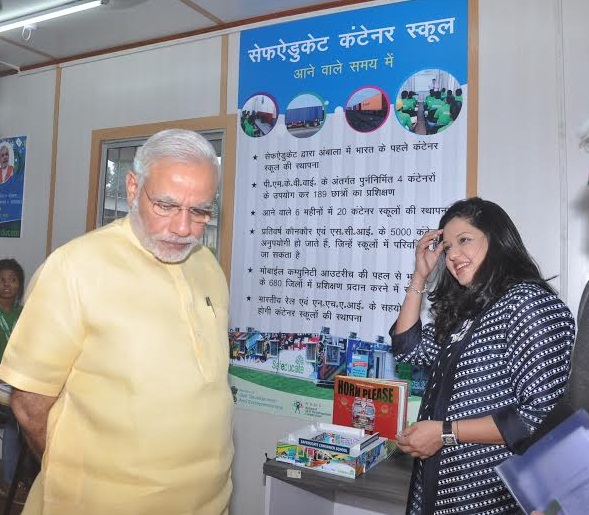
Facilitating skill training across India
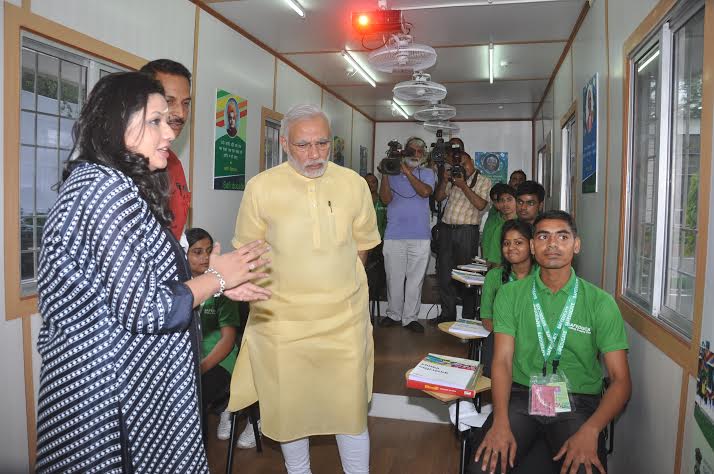
Safeducate, the education and training arm of supply chain and logistics industry leader Safexpress, has created an innovative model for skilling people, which can be easily and quickly be replicated to any location in India. This community outreach initiative by Safeducate could help the government provide high quality skill training even in the remotest areas of the country.
Inaugurating the Safeducate Container School, Rajiv Pratap Rudy, Minister of State for Skill Development and Entrepreneurship, said, “Safeducate has introduced an innovation, which will revolutionize the way skill training is imparted in the country. By launching India’s first Container School, Safeducate has set an example in the field of skilling. It is difficult to provide training to the youth in the rural areas of the country, where there is minimum availability of infrastructure and resources. By bringing down the cost and effort involved in developing infrastructure to meet education and skilling needs of people in India, this unique training platform will aid in providing quality education to the youth present in the remotest location of the country.”
Elaborating on the concept, Divya Jain, Founder & CEO, Safeducate said, “We have created the Safeducate Container Schools with a very high visual appeal to attract people even in remote areas. They have a very professional look-and-feel, and are equipped with all amenities present in a regular school. These schools will provide Safeducate the ability to conduct trainings at any location across India where skilling is needed. This school can be set up anywhere in a short time, with just the availability of land and electricity connection. Safeducate Container Schools will help in creating job opportunities across the country, while creating skilled workforce for the industry.”
Safeducate Container School has been created by joining four refurbished containers together that were earlier being used for the purpose of logistics. First school has a training capacity of 189 students per month, with residential facility for 23 students. The school facility includes three classrooms, computer lab, activity area, recreation area, library and staff offices. Firms like CONCOR and SCI scrap over 5,000 containers every year so there is a huge potential for scaling up this model across all 680 districts of India.
The 12-country pact, the Trans-Pacific Partnership, the biggest ever free trade deal covering 40 per cent of the world economy, at the Hawaiian island of Maui, concluded without reaching any agreement. After one week of what was termed as ‘productive meetings’ by US Trade Representative, Michael Froman, negotiators walked away without settling the deal.
The Trade Promotion Authority (TPA), was passed by the Congress recently, which allows President Obama to introduce trade deals to Congress for an uncomplicated up or down vote without amendments. The measure though, is now in place, failed to push the deal forward to a feasible conclusion. As per reports, dairy has been a sticky wicket, as some countries negotiating, for e.g., New Zealand, are reluctant to back a deal that doesn’t open dairy markets further.
The US seeks 12 years of patent protection time for pharmaceutical drugs, while Australia has five at present and Chile, zero. Countries such as Malaysia and Vietnam have concerns about public health if access to cheaper generic versions of drugs is too many years out. Thus, the length of time to extend patent protection for pharmaceutical drugs was also under dispute.
Ambassador Froman is confident that TPP would pan out and will support employment and economic growth. He added that they had made quite a progress and would continue to work on resolving few issues and reaching a viable conclusion of the Trans-Pacific Partnership negotiations.
Southern Mills, based in Georgia, US, manufactures protective clothing fabric for industrial and military use. The company offers outer shells and thermal barriers for firefighters, flame-resistant garments for military personnel and industrial garments for welders, petroleum, electrical, and gas utilities workers. Its products are used in wild land firefighting, technical rescues, emergency medical services, oil exploration and production, petrochemicals, molten metal processing and by military personnel. The company was founded in 1925.
In 2004 the company was acquired by Royal Ten Cate, a Dutch-based multinational maker of technical textiles. Since then it has been doing business as TenCate Protective Fabrics USA. Southern Mills has filed a patent infringement action on July 15, 2015, against International Textiles Group, a Delaware corporation.
It says an International Textiles product marketed under the Glide trade name infringes a patent. In addition to direct infringement, the complaint alleges indirect infringement by inducement. Further, Southern Mills claims that International Textiles contributes to direct infringement by end users and garment manufacturers, pointing specifically to marketing materials.
The complaint alleges that International Textiles’ actions are willful and seeks a finding of infringement, an injunction, damages, including enhanced damages, attorney's fees and expenses prejudgment interest and costs.
www.semills.com/



